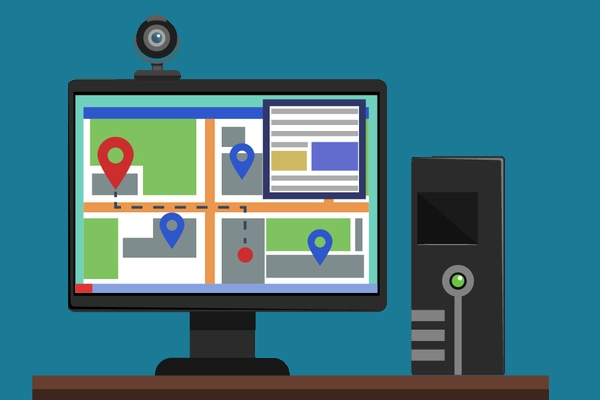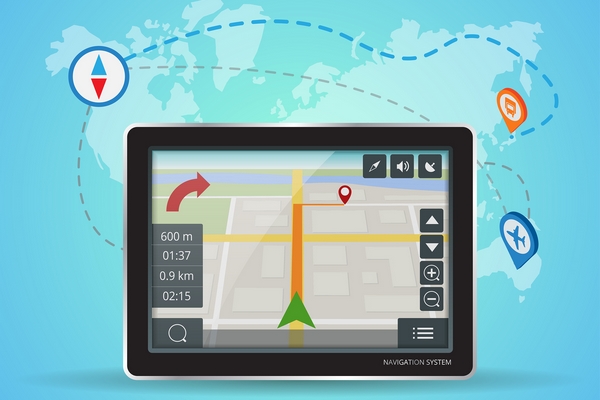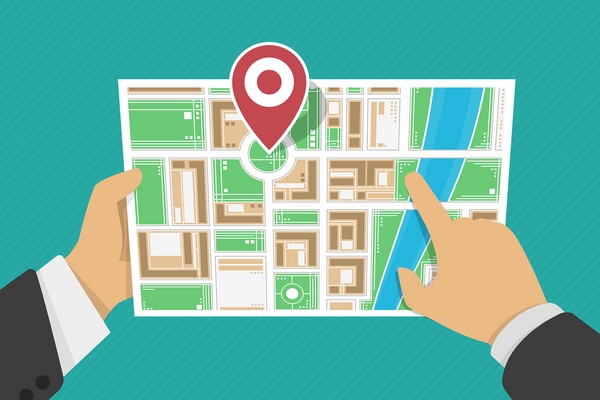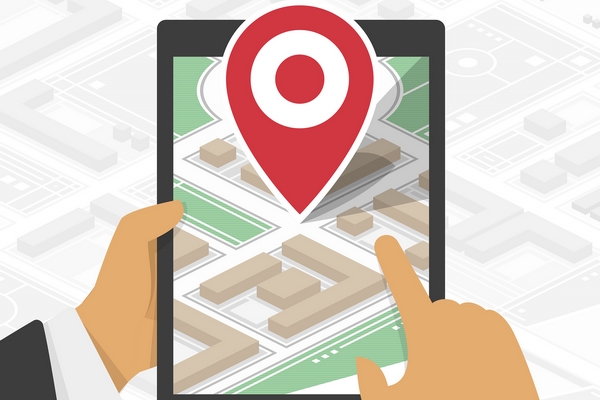Indoor navigation is a helpful technology that can make it easy for people to find their way inside a mall or a hospital, but it has many other uses.
Here are 7 interesting facts about indoor navigation.
📌 1. GPS signals are not working very well indoors

In general, GPS signals can’t be received by devices that are inside a building. When reception is possible, it’s not accurate enough to be reliable. This is why malls, hospitals and other large buildings are turning to indoor navigation.
📌 2. There are different types of indoor navigation technologies

Different indoor navigation technologies are available, and some of them are similar to GPS technology. Indoor navigation can use beacons with Bluetooth transmitters, or it can work with Wi-Fi. For industrial applications, indoor navigation with ultra-wideband is often preferred.
📌 3. Indoor positioning can’t always determine orientation

Although indoor positioning systems can easily detect the location of a person or of an object, they can’t always determine which way a person is going, or in which direction an object is facing. However, technologies are getting more and more accurate.
📌 4. Indoor navigation is not only for people who are lost

Indoor navigation is helpful for people who are lost, or who need some help finding an item in particular in a store. This technology is also helping store owners reach out to their customers with discounts, promotions, and information about the products that interest them.
📌 5. Indoor navigation has many different uses
![]()
Indoor navigation can also be integrated with other services, for example, to offer interactive audio tours in museums, to provide helpful information to visitors in a train station, or in offices to help workers book meeting rooms and find their colleagues.
📌 6. Indoor navigation is not helpful without indoor maps

Locating a person inside a building is not helpful if there is no accurate indoor map of this building. Many indoor navigation service providers are creating indoor maps that will allow people to find their way inside buildings, or that will allow stores to reach out to interested customers.
📌 7. Indoor maps can be fully customized

Indoor maps that are created for indoor navigation can usually be fully customized with font colors, opacity, and map animations. Different items of the indoor maps can be associated with detailed information, with interactive animations, or with apps that can provide a better experience to customers or visitors.
